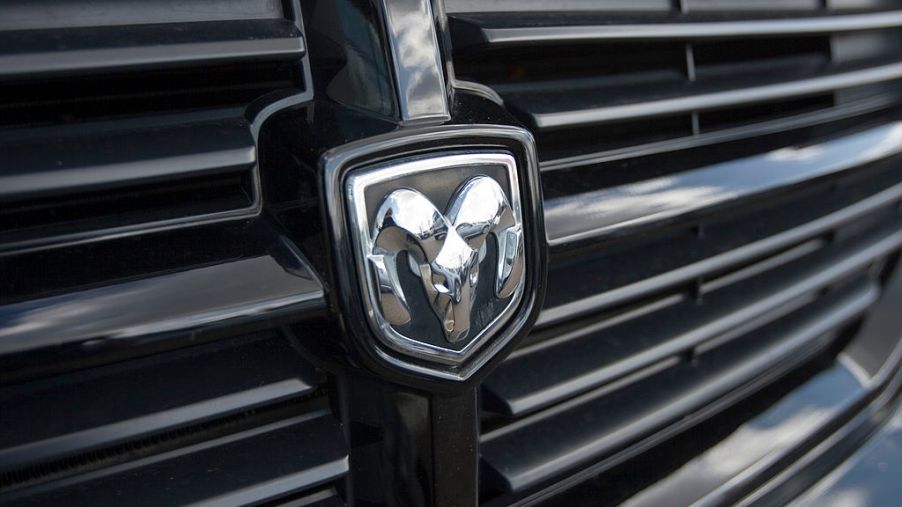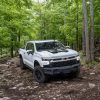
What Was Dodge Thinking When It Made This Convertible Pickup Truck?
Americans are in love with trucks. In the late ’80s, there was a lot of competition for who made the most practical and coolest looking truck. Rather than add more power or develop some new technology, Dodge decided to just make a convertible pickup truck.
The Dakota Sport Convertible
The Dodge Dakota, which is a pickup truck that’s no longer in production anymore, was a unique truck in of itself. As Hagerty mentioned, in the face of all the truck competition that Dodge had, it decided to build a bigger truck. That truck was the Dakota, and it was one of the first mid-size trucks on the market.
Despite that distinction, the Dakota wasn’t selling well. General Motor’s trucks were selling far more than the Dakota was selling, according to Hagerty. So, Dodge had to go back to the drawing board. And like any creative mind, Dodge decided to spice things up a bit with the Dakota. Dodge’s plan was simple. Convertibles were cool, so why not make the Dakota a convertible?
This isn’t new to Dodge, as Dodge is used to coming up with some pretty crazy ideas for its trucks. About a decade prior to this, Dodge created the Li’l Red Express, which was a blend between a muscle car and a truck. The Li’l Red Express was the fastest car in America at the time and it’s now a valued collector’s item, but like the Dakota Sport Convertible, both cars suffered from the same problem.
Nobody wanted a convertible truck
Unfortunately for Dodge, despite the unique and novel factor of the Dakota Sport Convertible, in short, nobody wanted this truck. In fact, according to Hagerty, despite the fact that the Dakota Sport Convertible had a big, powerful engine and a lot of premium features, less than 4,000 of them were sold in total.
Sure, it was a novelty truck, but it was well equipped. Customers had the choice between a standard 3.9-liter V6 engine or a more powerful V8 engine. Two-wheel drive was standard, but the more practical four-wheel drive option was there. Furthermore, Dodge offered a lot of standard equipment in the interior of the truck for the time.
Despite all of those things, however, the convertible factor just never made sense for any potential buyers. There’s not much of a practical reason to get a convertible. And truck lovers at the time, while they did care about looks, weren’t as concerned about a truck’s appearance as much as modern-day Americans might be.
A short lifespan
As Hagerty mentioned, a convertible pickup truck could, at worst, be dangerous to its occupants. Most truck lovers at that time just wanted a truck for what modern Americans would want a work truck for, and that is to do work. There was little to no value in the convertibleness of the Dakota Sport Convertible, so most Americans just didn’t need it.
And for the Americans that did care about the looks of a car, they had plenty of other options other than the Dakota Sport Convertible. This was the heyday of the convertible, as convertibles are no longer popular in modern times. If you were an American shopping for a convertible in the late ’80s and early ’90s, there were far more beautiful options than the Dodge Sport Convertible, according to Hagerty.
That’s why the Dodge Sport Convertible, after selling a measly 2,800 units in its debut year of 1989, finished its run just two years later in 1991. Unlike the Li’l Red Express, however, the Dodge Sport Convertible is almost purely a novelty now, and it’s a cheap one at that. Hagerty says that customers can park a Dodge Sport Convertible in their garage for just $10,000.



